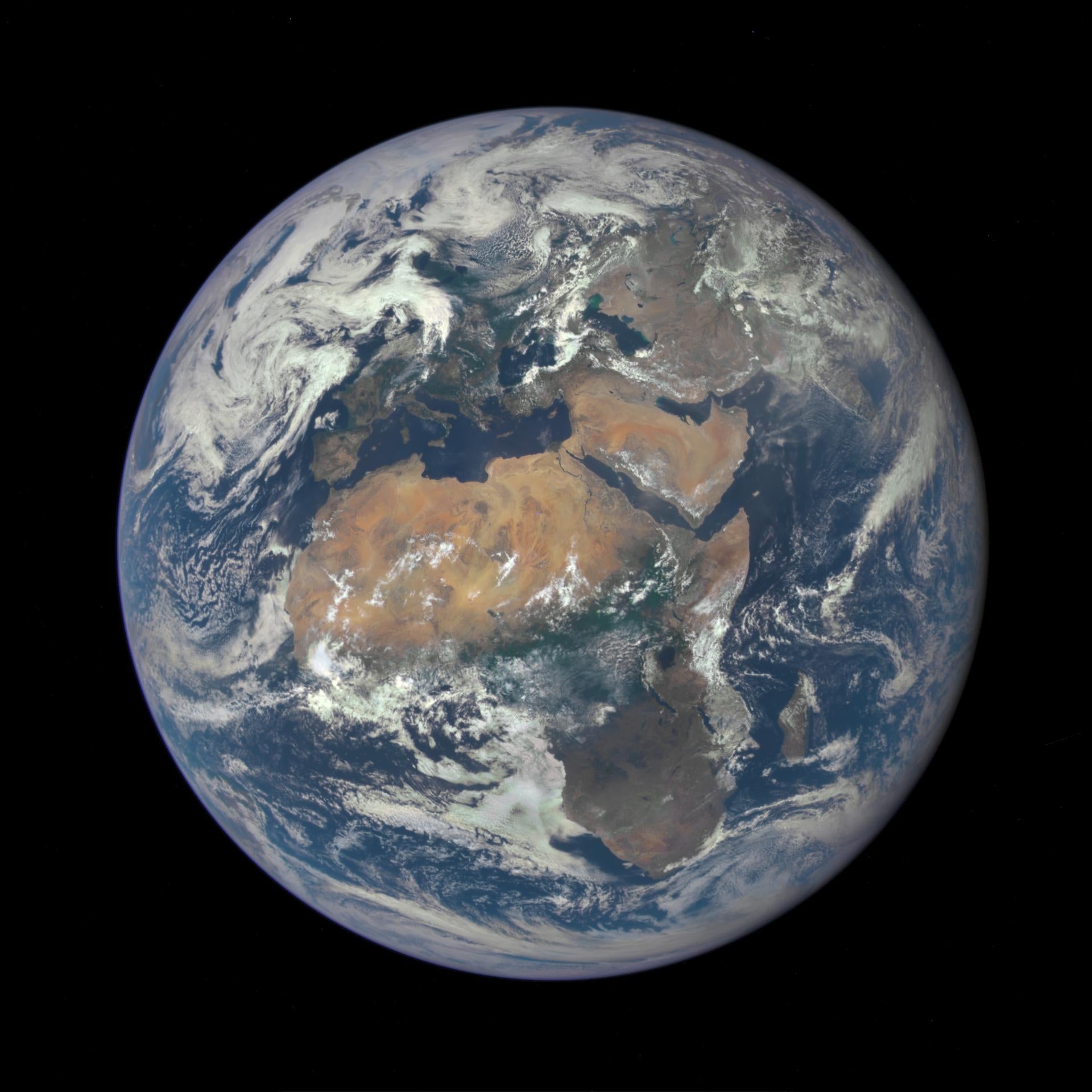Africa as you’ve probably never seen it before, courtesy of NASA
It can often be challenging to find alternative viewpoints of Africa. Perceptions of the continent are so colored by decades of stereotyped coverage and biased academic study that it can be hard to sift through the misinformation to understand the reality.
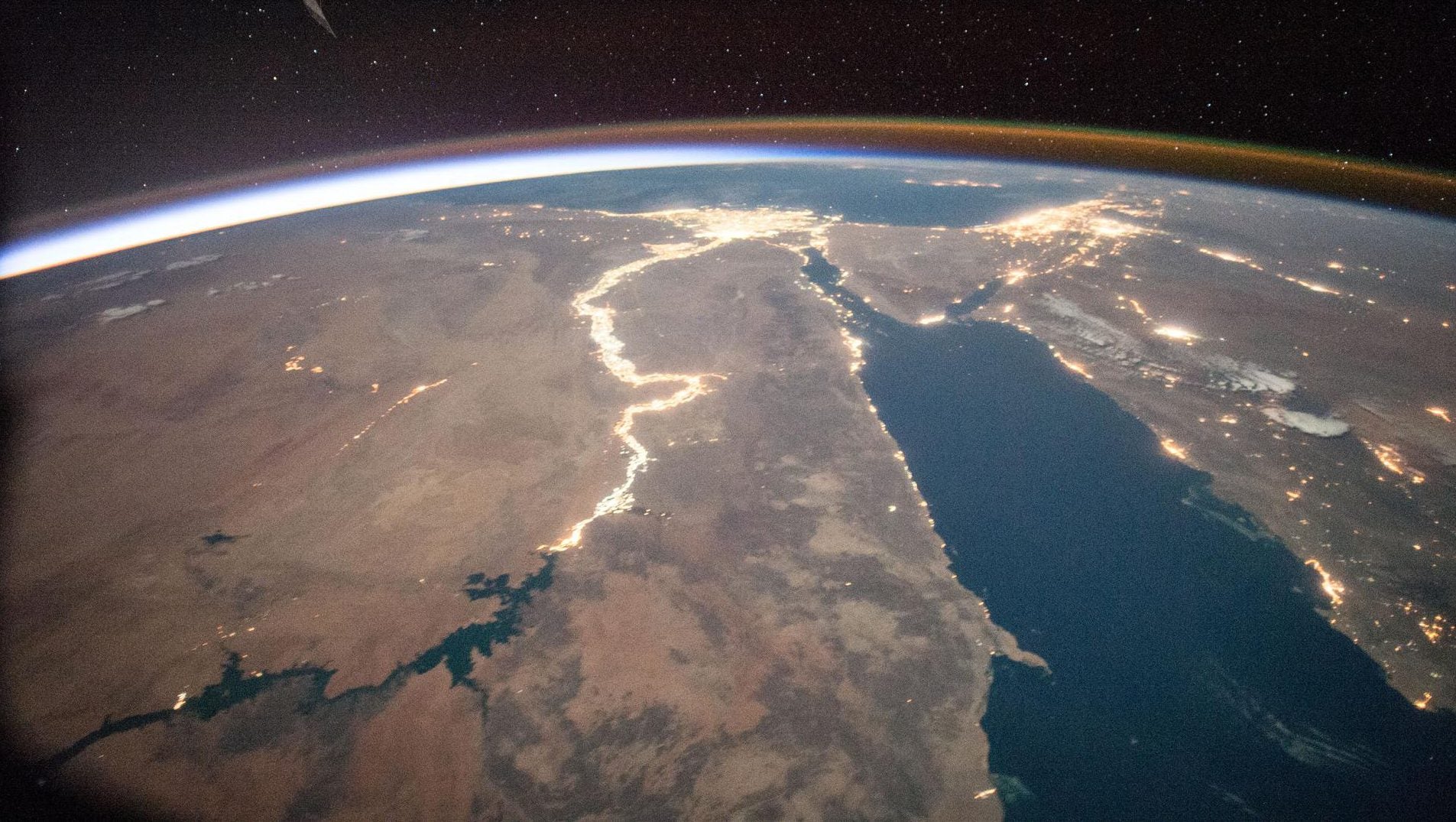

It can often be challenging to find alternative viewpoints of Africa. Perceptions of the continent are so colored by decades of stereotyped coverage and biased academic study that it can be hard to sift through the misinformation to understand the reality.
Often that search requires taking a step back. And now there’s a unique and literal opportunity to do so, via a new image and video library database launched by NASA this week. The site pulls together more than 140,000 images, videos, and audio files from 60 NASA collections—some of them decades old—for the public to explore, download, and use for the first time.
These images, culled from uploads and popular image searches of “missions in aeronautics, astrophysics, Earth science, and human spaceflight,” offer an often unseen view of Africa’s geographic beauty—without commentary.

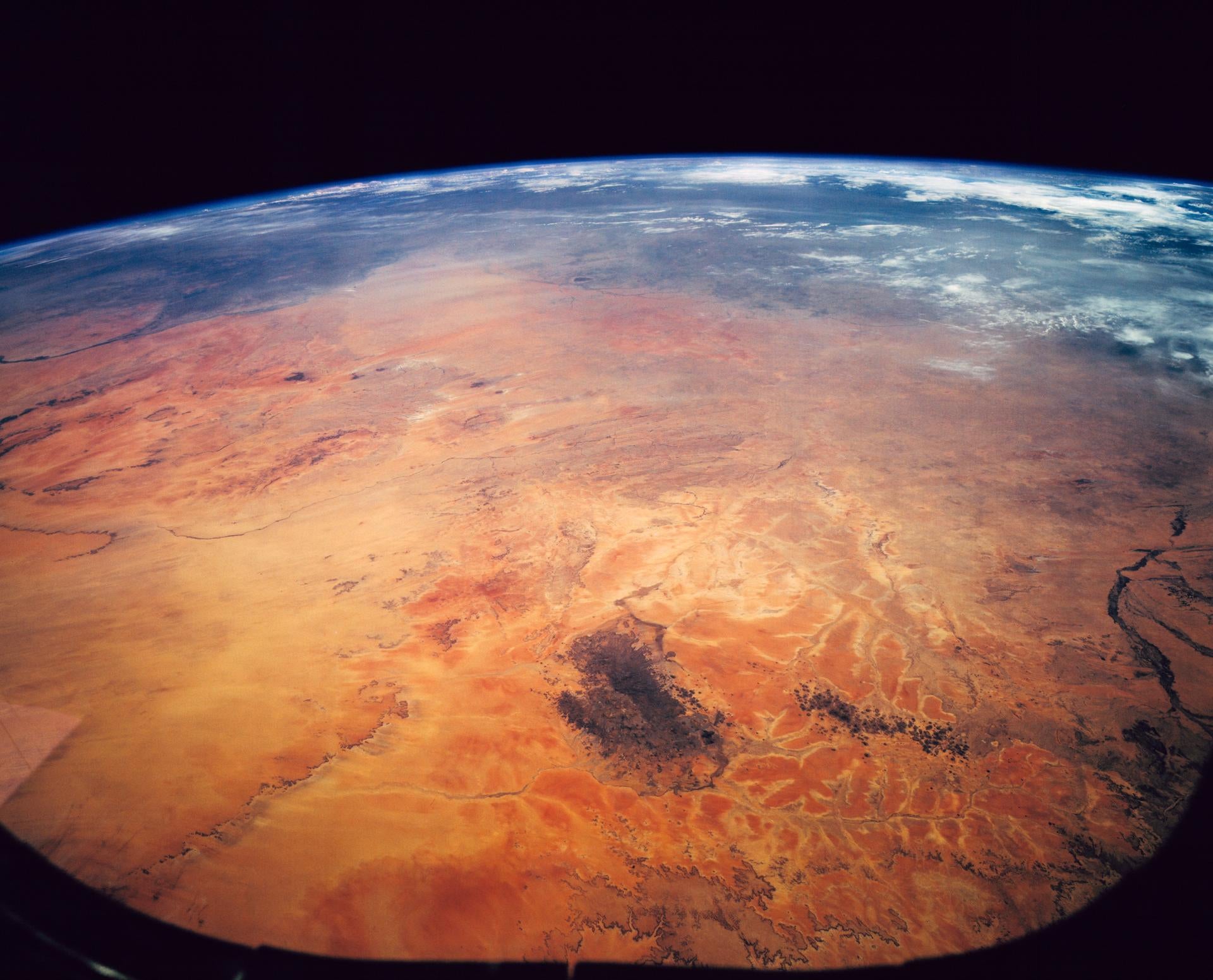
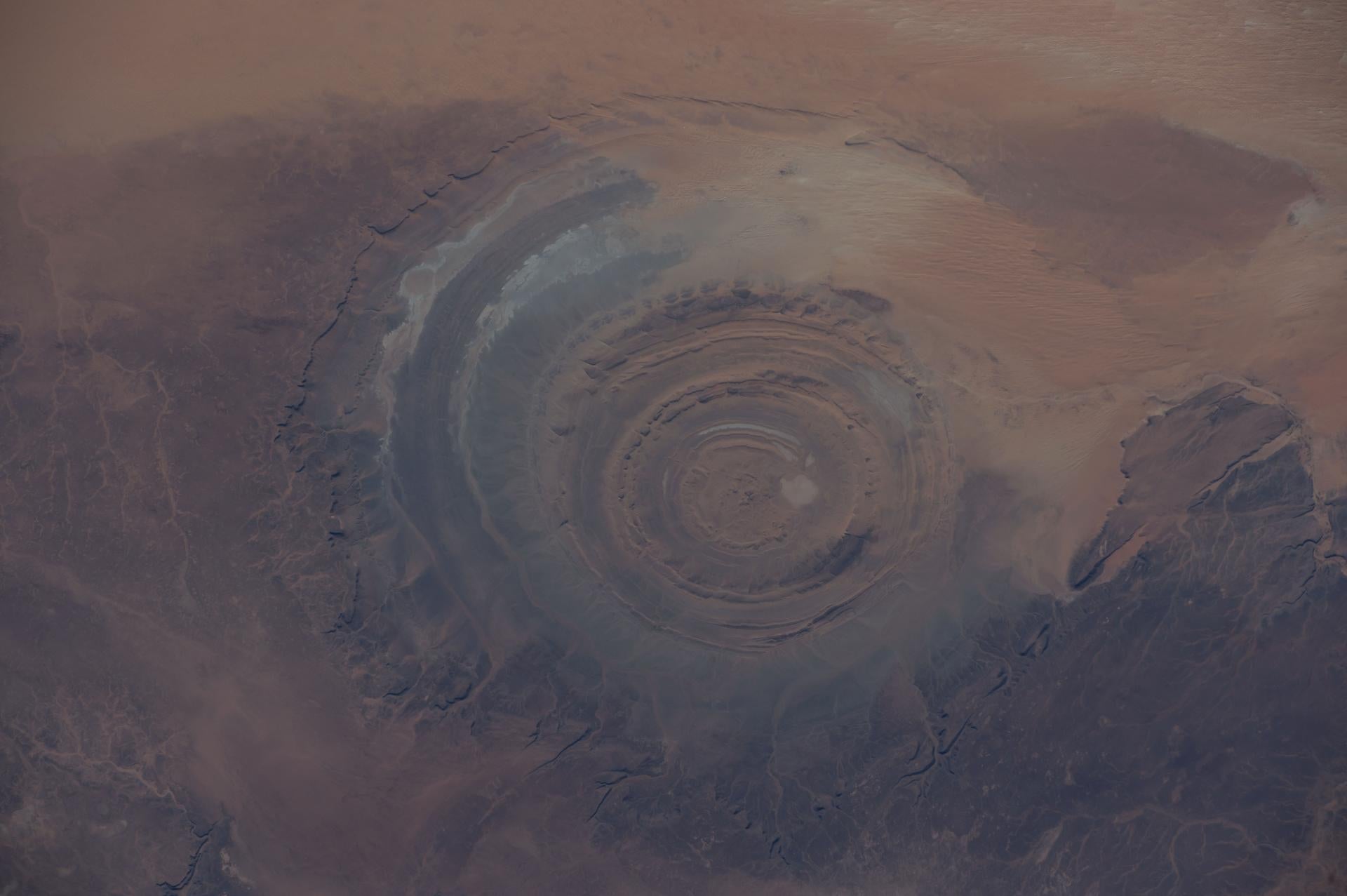
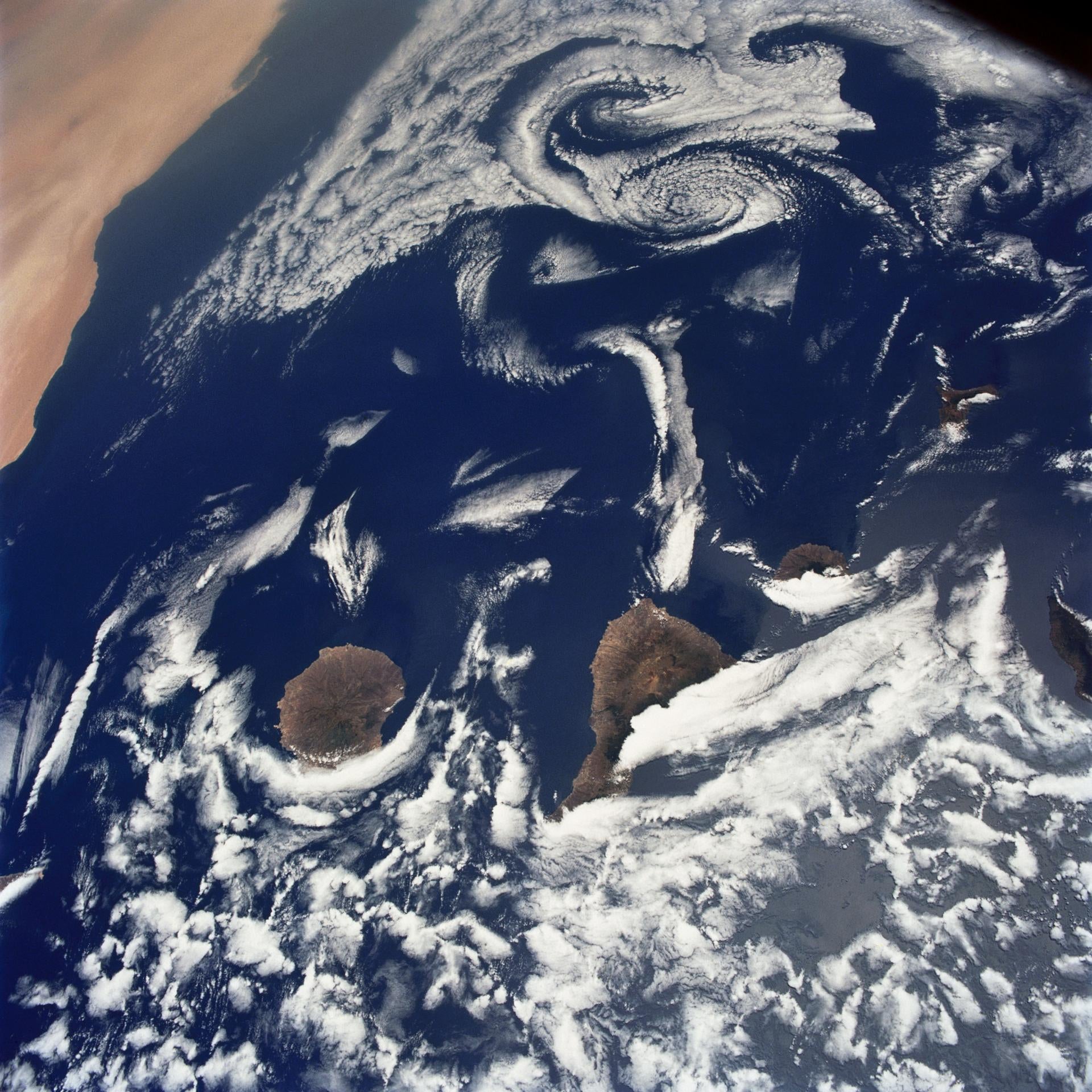
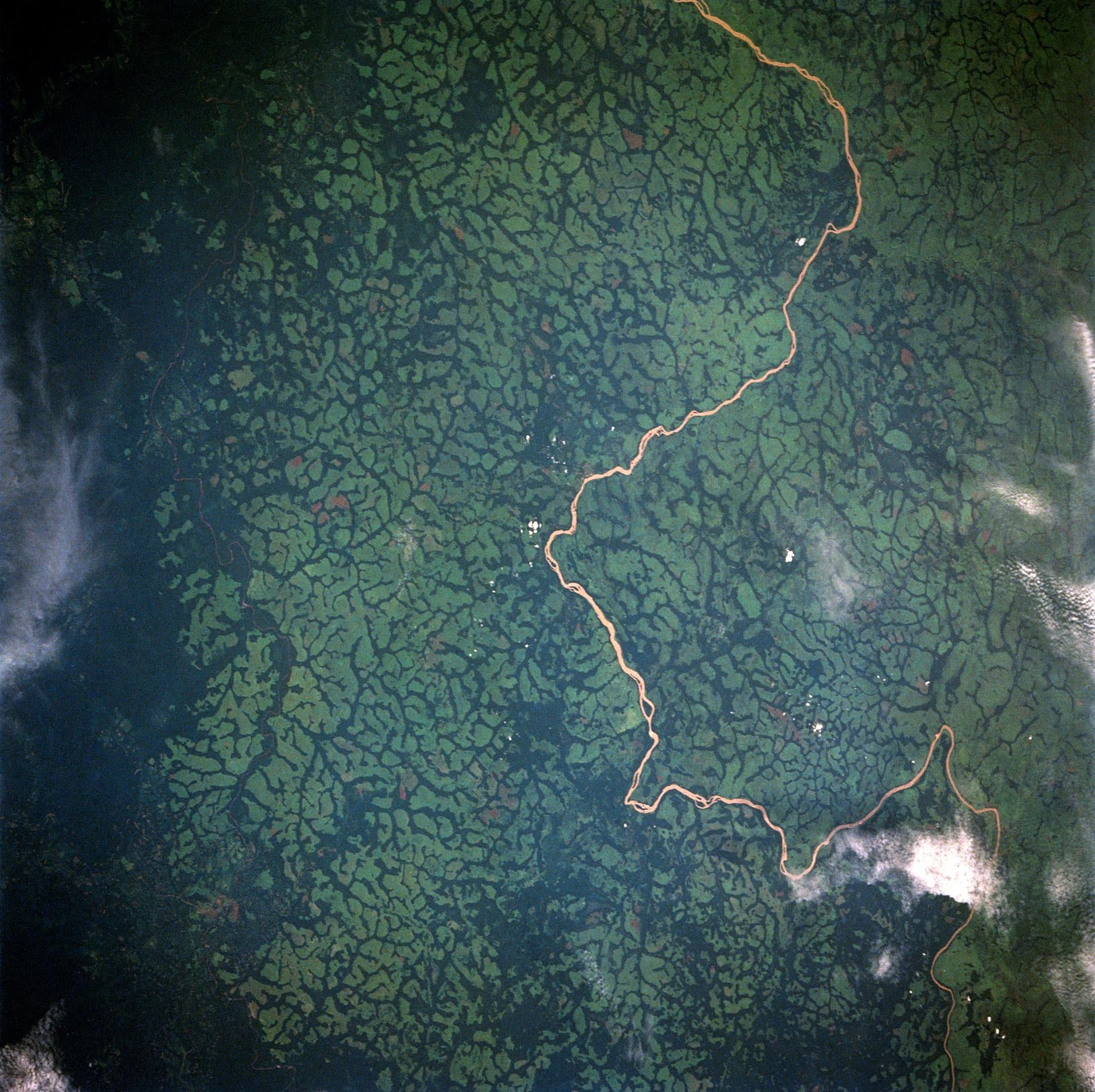

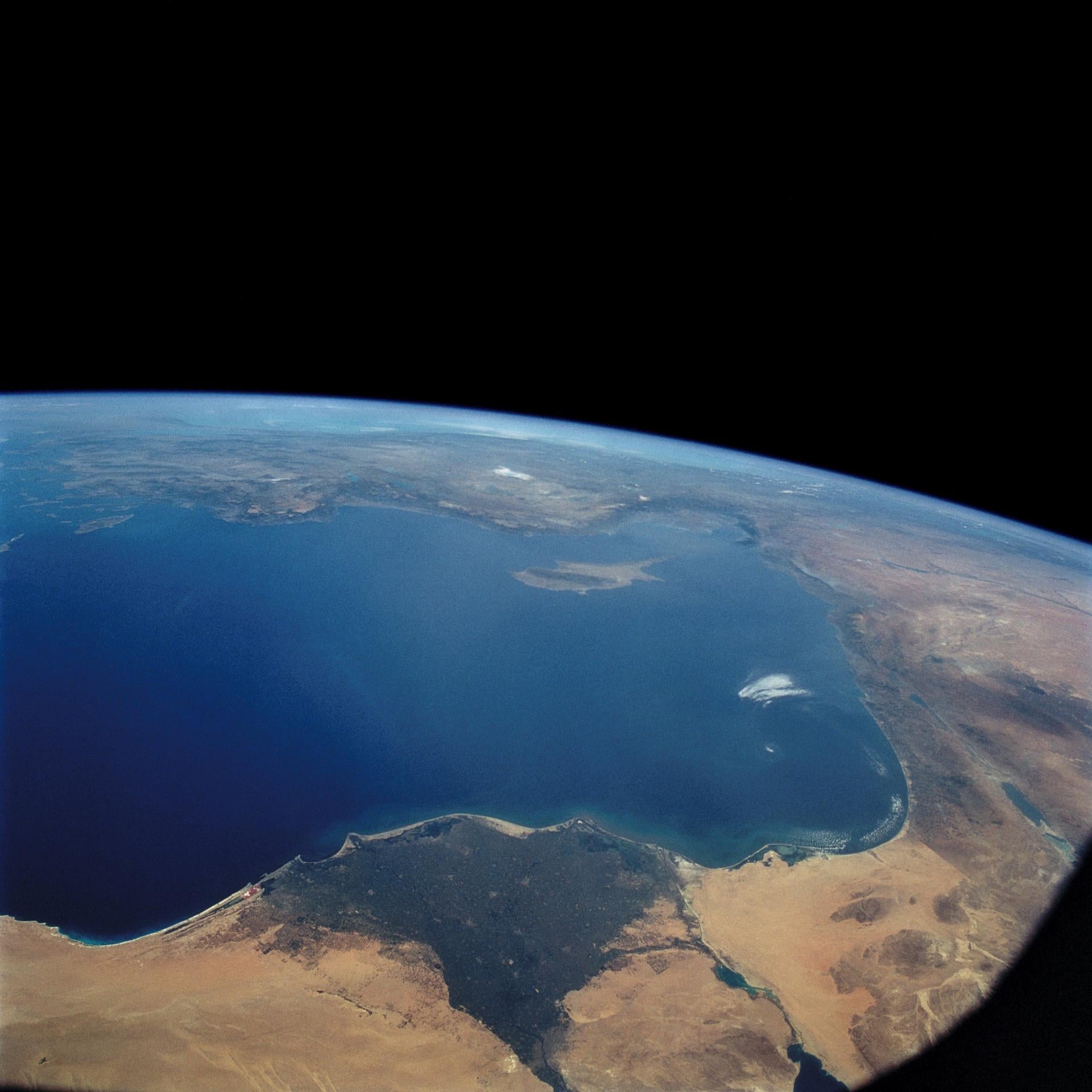
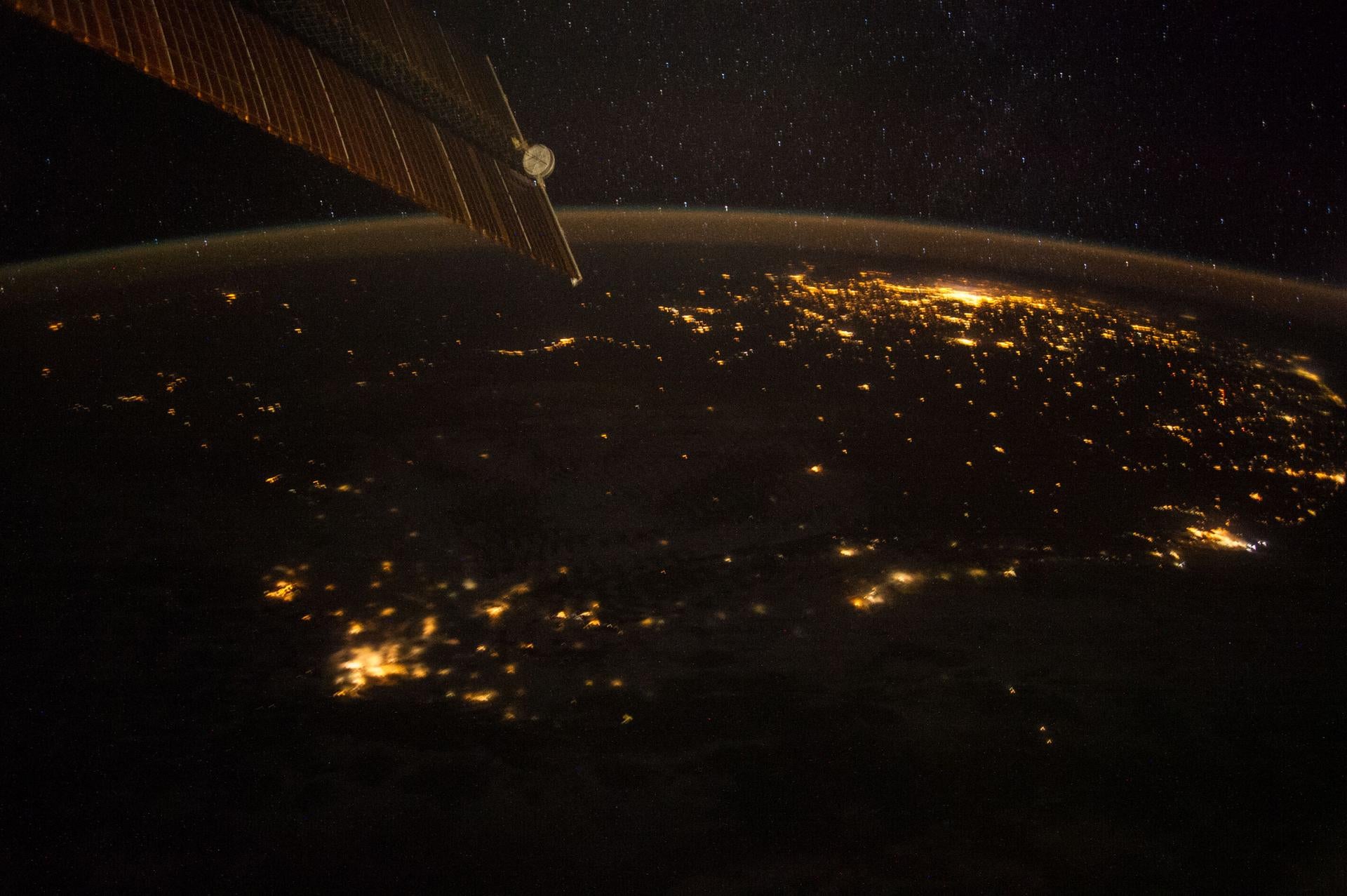
The collection’s space radar images also illuminate with color the richness of Africa’s terrain.
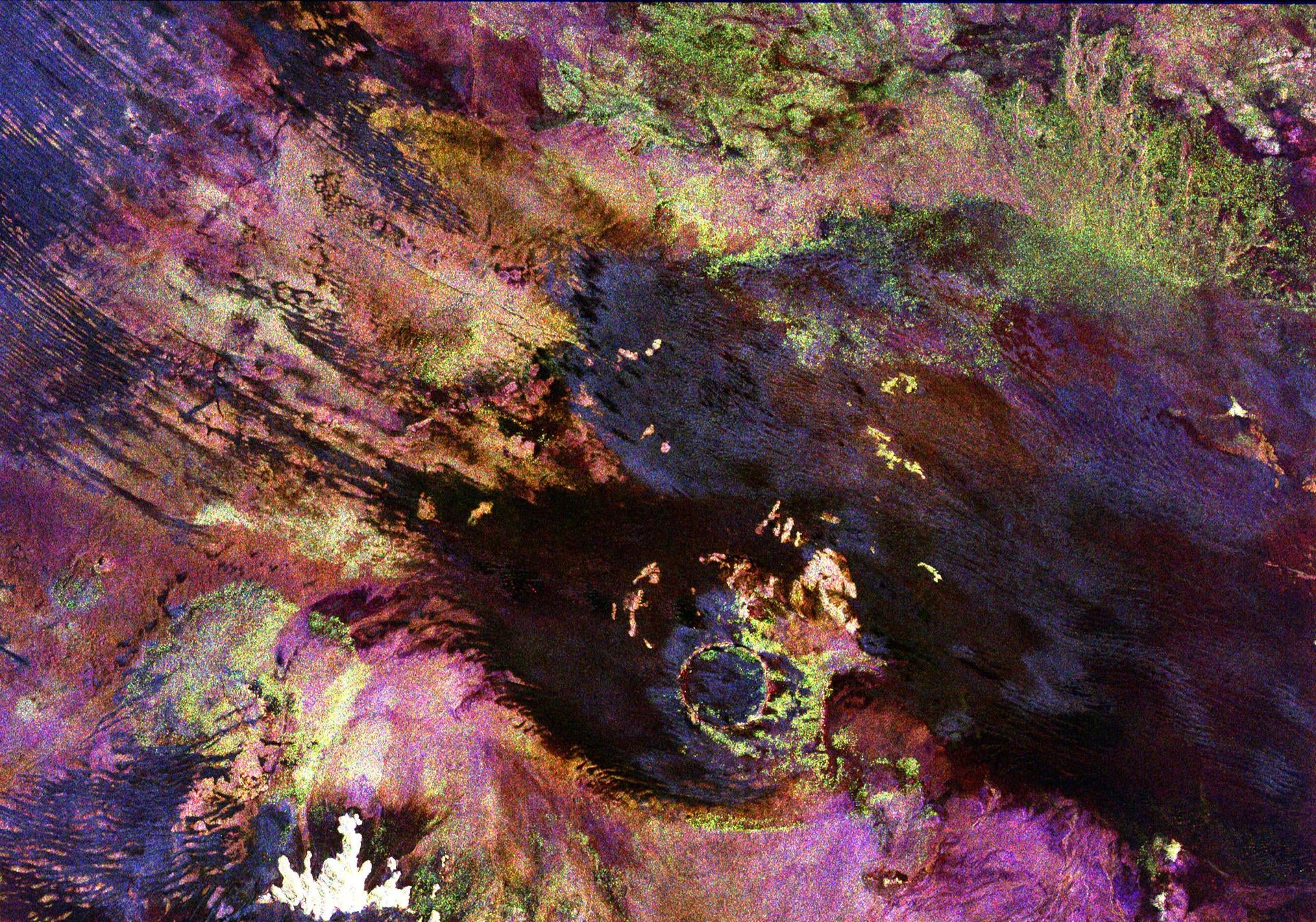
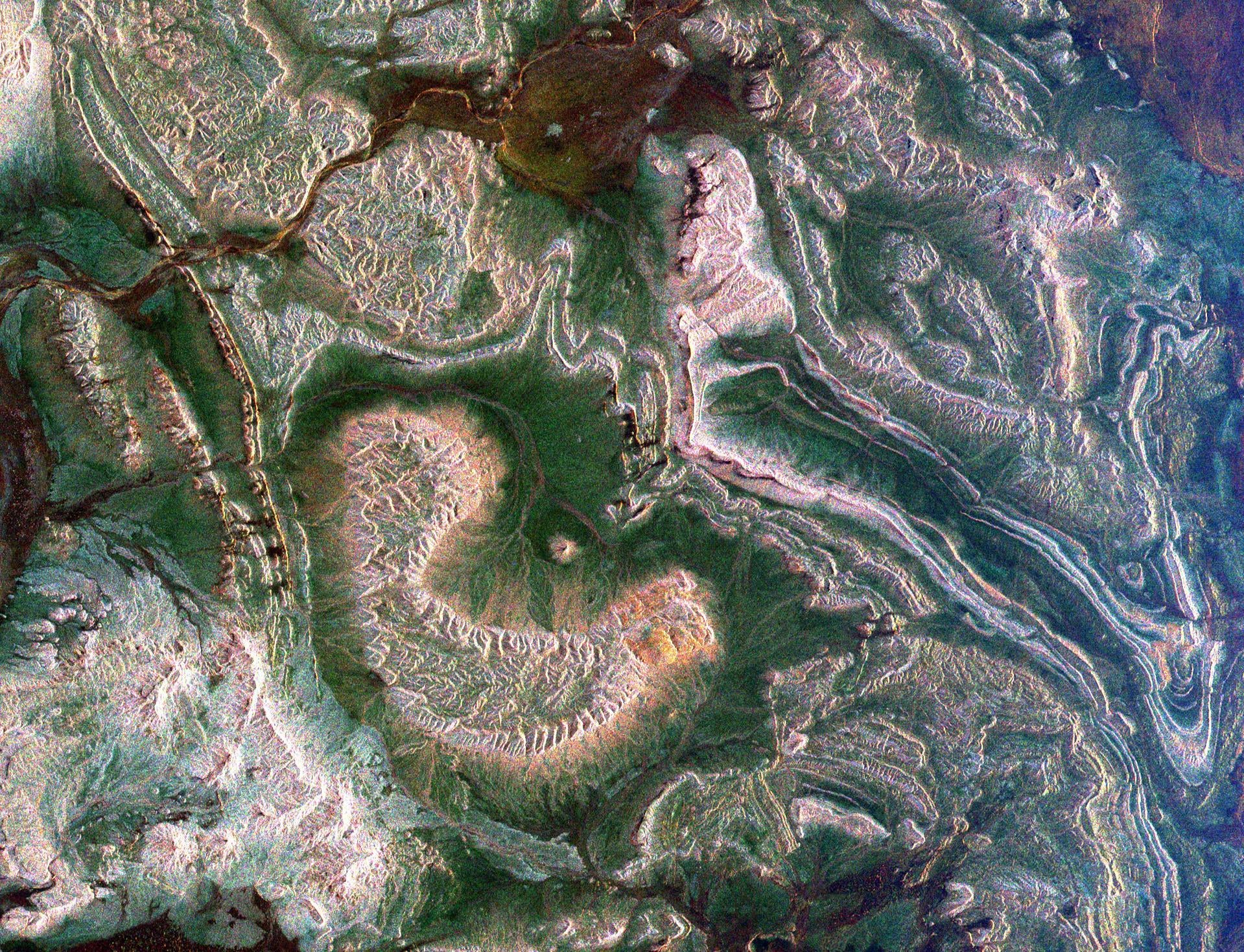
While efforts are underway to improve maps of Africa, we have NASA to thank for images that give us an accurate perspective of the continent’s place in the world.
